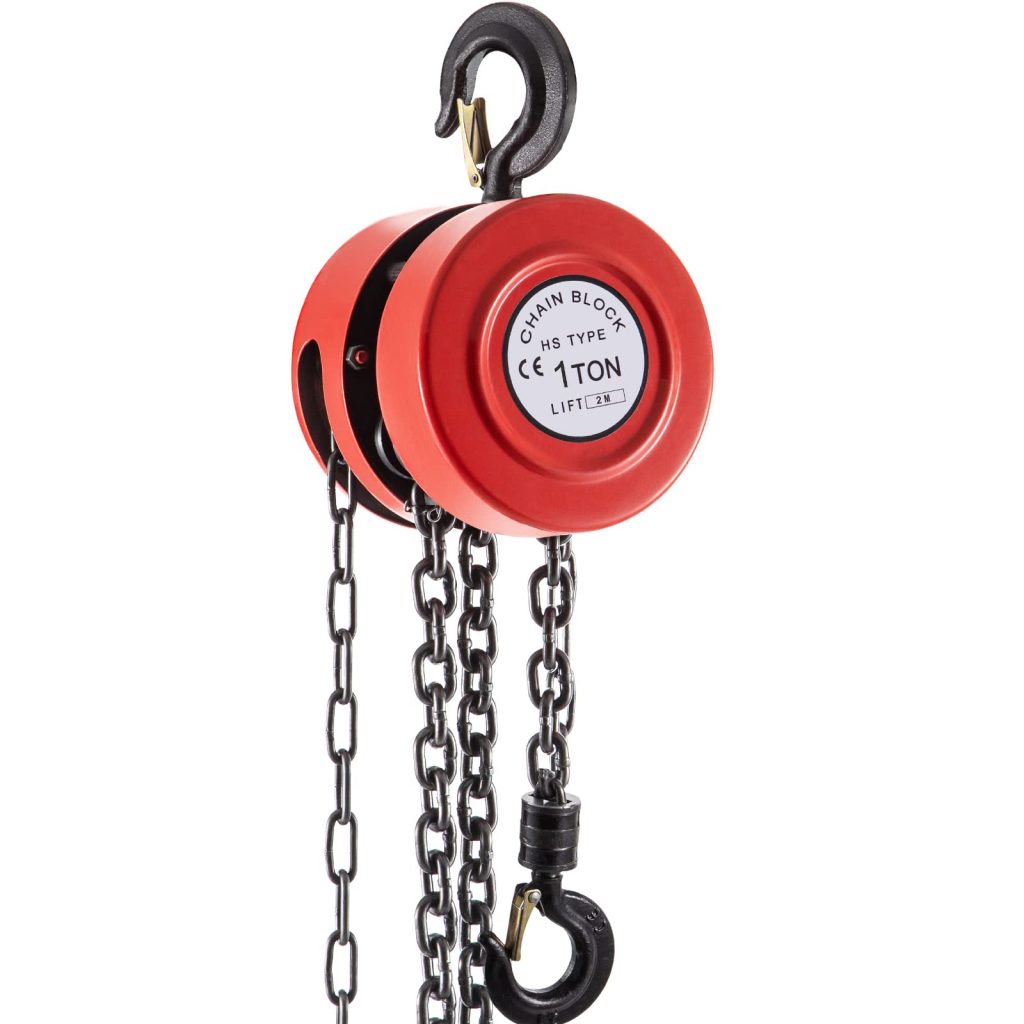In the fast-paced world of industrial operations, maximizing uptime is crucial for enhancing productivity and reducing operational costs. One of the most effective solutions to achieve this is through the implementation of precision-engineered electric hoists. These robust machines are designed not only for strength and reliability but also for seamless integration into a variety of work environments, from manufacturing facilities to construction sites.
Understanding Electric Hoists
Electric hoists are essential tools for lifting heavy loads with ease and efficiency. Unlike their manual counterparts, electric hoists utilize electrical power to perform lifting operations, significantly reducing the physical strain on workers and increasing lifting speeds. They are particularly beneficial in applications where time is of the essence, such as in assembly lines or during heavy equipment maintenance.

The Importance of Precision Engineering
Precision engineering in electric hoists means that every component, from the motor to the gearbox, is manufactured to exacting standards. This attention to detail ensures optimal performance and longevity, which are critical factors in minimizing downtime. High-quality components reduce the likelihood of mechanical failure, ensuring that the polipasto eléctrico de cable operates smoothly and efficiently, even under the most demanding conditions. Moreover, precision-engineered hoists are designed with advanced safety features that protect both the operator and the equipment. Features such as overload protection, emergency stop mechanisms, and limit switches ensure that loads are handled safely, preventing accidents that could lead to costly repairs and project delays.
Customization and Versatility
One of the standout advantages of modern electric hoists is their versatility. They can be tailored to meet the specific needs of various industries, whether it’s a compact model for tight spaces or a heavy-duty version for lifting massive machinery. Many manufacturers offer customization options, allowing businesses to select hoists that fit their operational requirements, load capacities, and environmental conditions. Furthermore, electric hoists can be integrated with advanced technologies, such as remote controls and smart sensors, which provide real-time data on load weight, hoist performance, and maintenance needs. This connectivity allows for predictive maintenance, enabling operators to address potential issues before they escalate into serious problems. As a result, businesses can avoid unexpected downtime and maintain a smooth workflow.
Conclusion
Investing in precision-engineered electric hoists is a strategic decision for any organization looking to maximize uptime and enhance productivity. The combination of advanced engineering, safety features, and customization options makes these hoists invaluable assets in today’s industrial landscape. By streamlining lifting operations and reducing the risk of mechanical failures, businesses can focus on what they do best—delivering high-quality products and services to their customers. In an era where efficiency is paramount, electric hoists stand out as a solution that not only meets but exceeds operational demands, ensuring that organizations remain competitive in their respective markets.